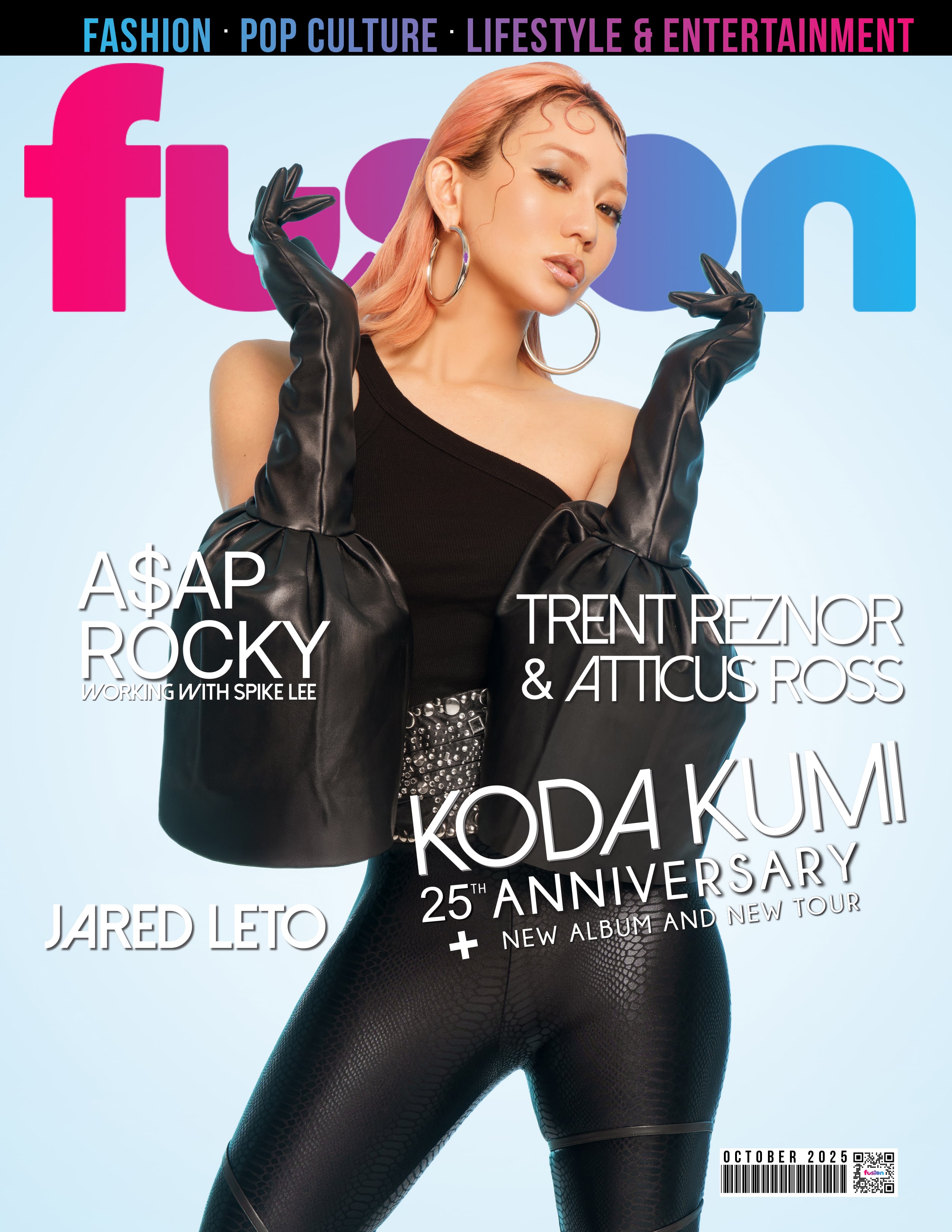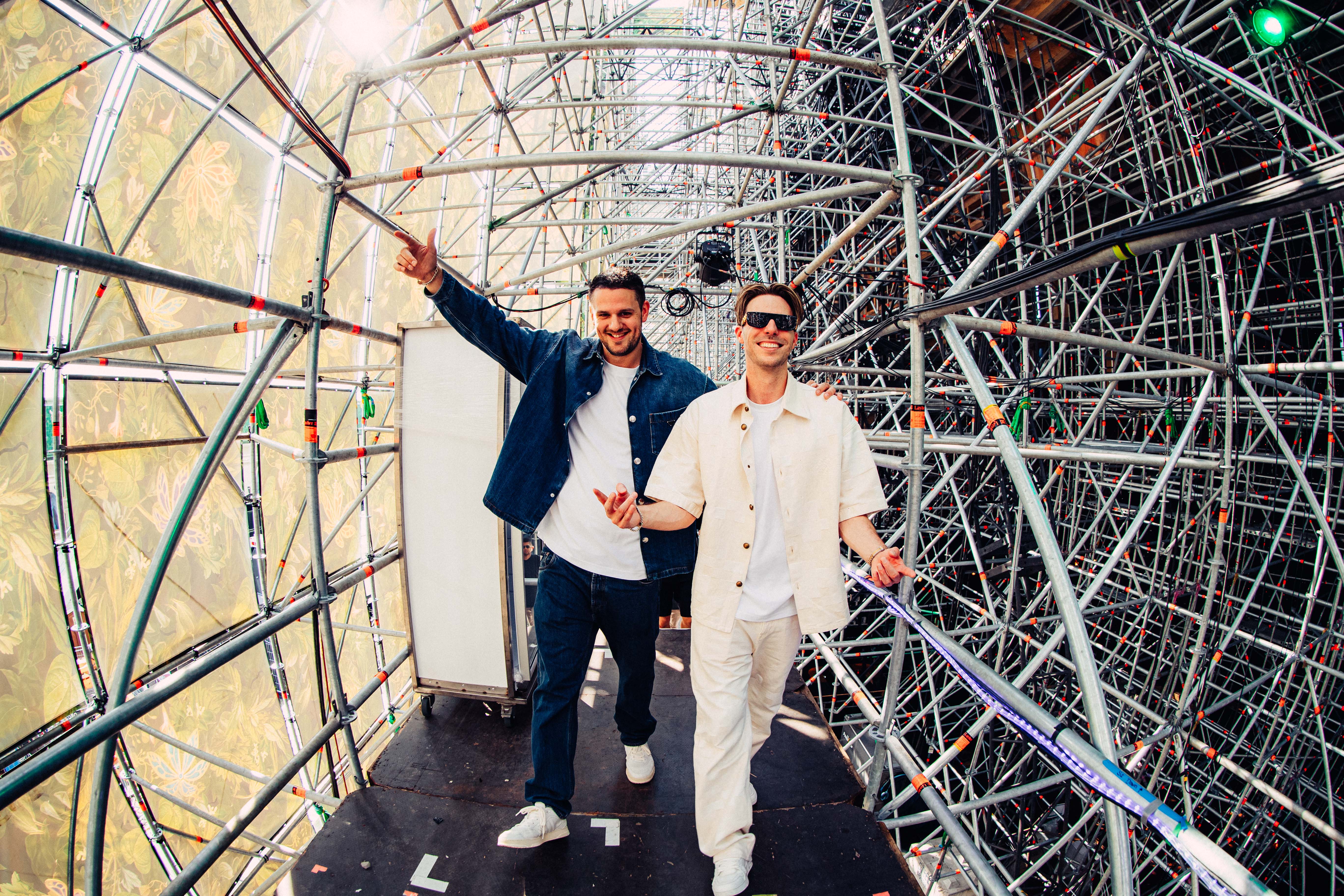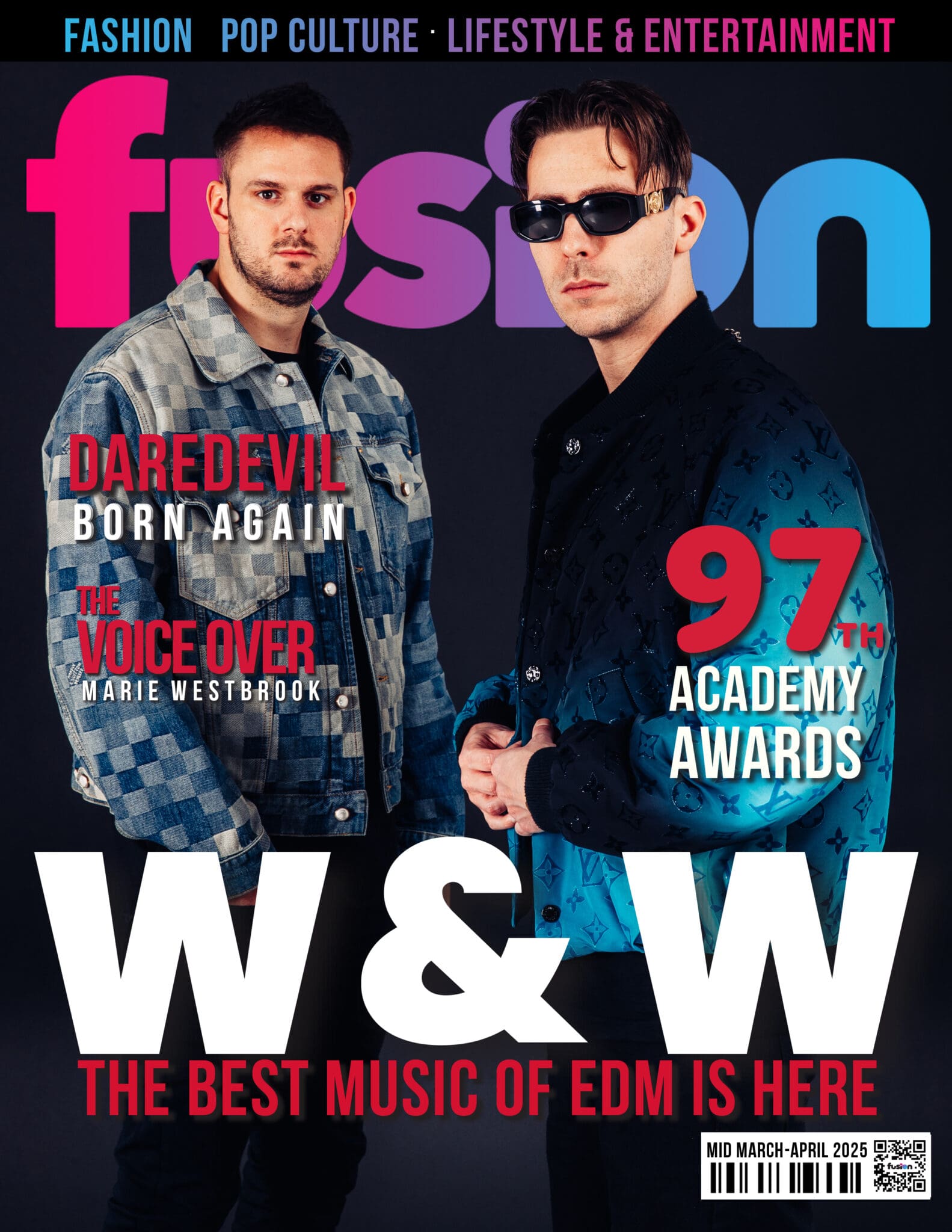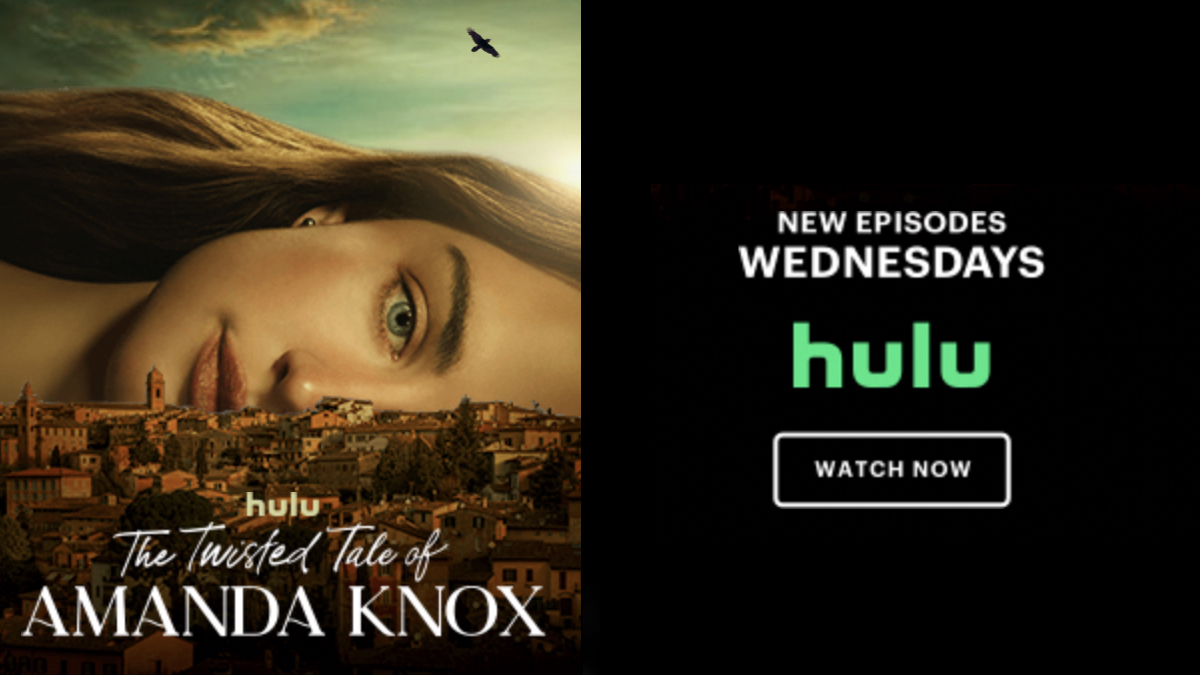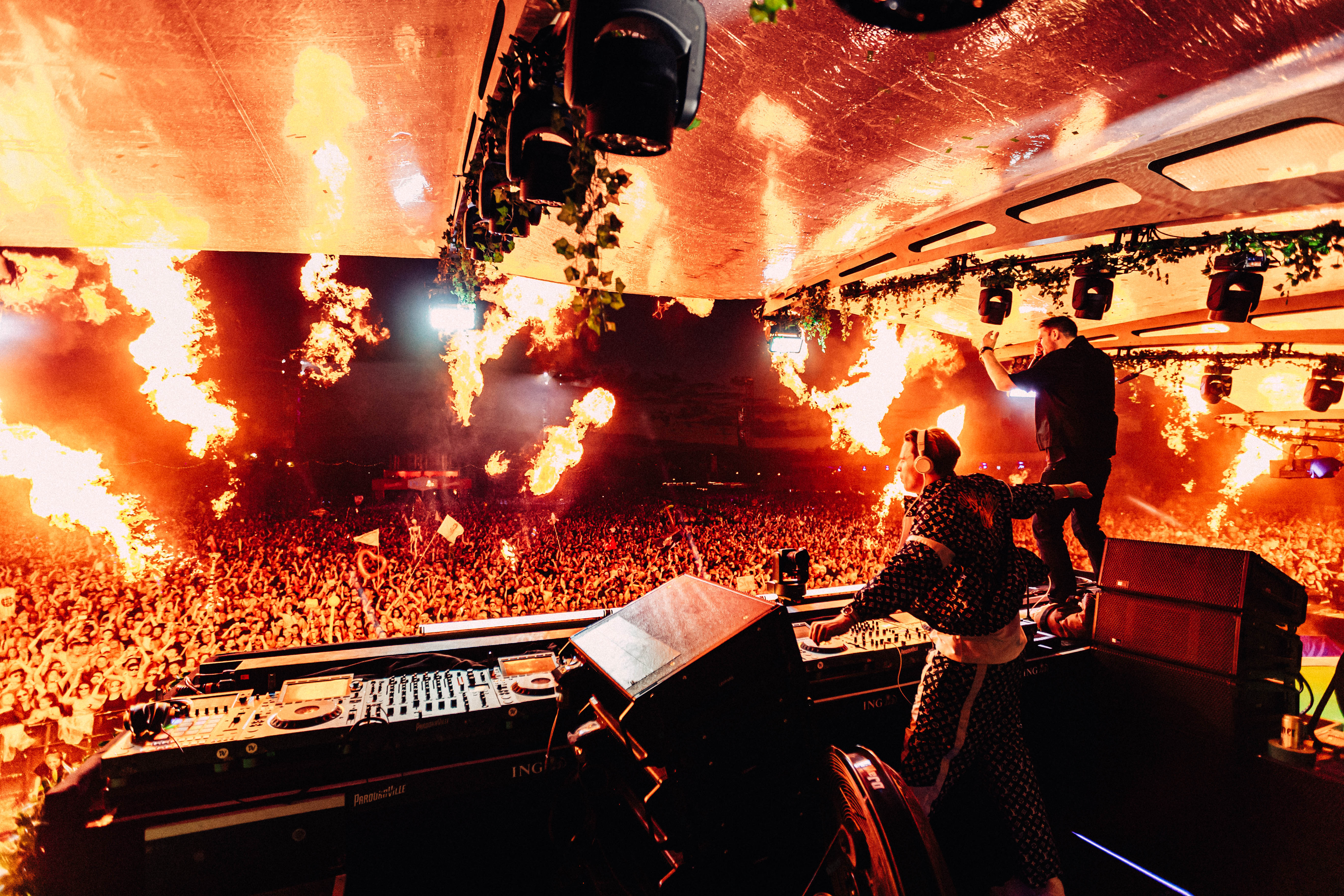
For all our readers, please introduce yourselves
and share a bit about your background.
Hey! We’re W&W, comprised of Ward van der Harst and Willem van Hanegem. We’re electronic music DJs and producers, born in the Netherlands.
How did this journey begin for you?
What were your initial steps in the music industry?
When we were younger, we were really inspired by the rich Dutch electronic dance culture. This shaped our passion and started our journey into producing and DJing. Our journey began in 2007 when we decided to make music together after already DJing and producing separately. After a while, we figured out that all the music we made together was better received than our solo projects. Once we realized that, we decided to focus fully on our project together, W&W.
What kind of music background do you have,
and what kind of music did you grow up listening to?
We both have diverse backgrounds; we grew up listening to a range of genres. Willem’s dad listened to blues rock, and his mom listened to Nirvana. Ward’s dad makes Selmer acoustic guitars and his grandparents were both full-time musicians, so growing up, music was all around us. However, neither of us has had any classical music training, we are both self-taught. The first CD Willem bought for himself was Eiffel 65 - Blue (Da Be Dee). After that, he was totally hooked on everything dance music related. For Ward, that CD was Trance The Ultimate Collection 2001, and before that he enjoyed Mauro Picotto - Komodo which was always on the radio.
What are your main inspirations, and what keeps you going?
Our main inspirations would be being able to move people with our music and seeing the joy it brings them, both on social media platforms and at our shows in person. There’s nothing more rewarding than being able to give people an unforgettable experience. What keeps us going is the fact that we truly enjoy what we do, every week we try to get better and evolve our craft. All the feedback and love from the people that our music reaches is a huge motivation to keep going.
What are the challenges you face as W&W,
and how do you overcome them?
One challenge that we think is prominent in entertainment in general is staying relevant without losing your identity and what you stand for in a rapidly changing industry. With the constant rise of new social media apps, marketing techniques, and ways to reach people, you need to evolve quickly. We try to overcome this by continuously evolving our sound and exploring new technologies in music production. This journey can be difficult because you may lose people along the way, and it can be very scary to shed what’s normally expected of you. But sometimes we feel we don’t have a choice because we’ve personally evolved and lost connection with certain things of the past.
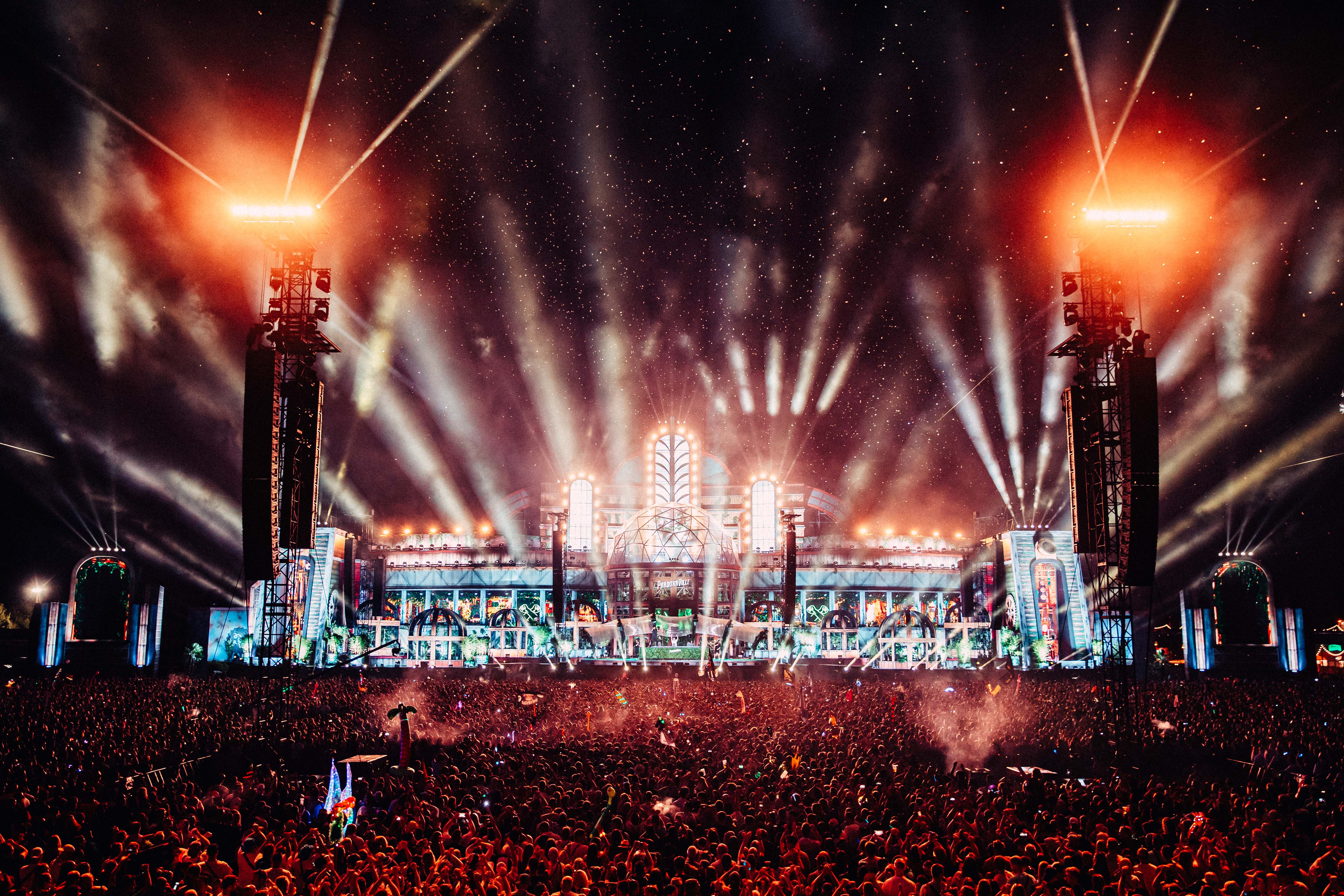
Could you share how W&W was conceived and explain
the significance behind the name?
W&W was born from our first name initials, Willem and Ward. When we made our first track and sent it to Armin van Buuren, we didn’t have a project name or anything. It was so last minute that we just used our initials and named the track, ‘W&W - Mustang.’ We weren’t expecting anything from this project or song, and we were not seriously considering continuing the project together, it was sort of a placeholder name. It started from being friends, going to different electronic music events together, talking, and sharing a passion for trance music at the time. After Armin actually played the song on his radio show, A State Of Trance, and his label Armada wanted to sign it, we thought “Oh, this is serious!”
What comes to mind when you think of performing
for a massive crowd at an EDM festival? Do you have any memorable experiences?
Nothing compares to the experience of playing in front of a super energetic crowd. We are lucky enough to have plenty of memories of those moments, and are still making new ones! The adrenaline we get is unmatched when you’re in sync with such a big mass of people it can create a special connection. There’s no better feeling than hearing a crowd singing along and reacting to a track that you’ve spent months creating.
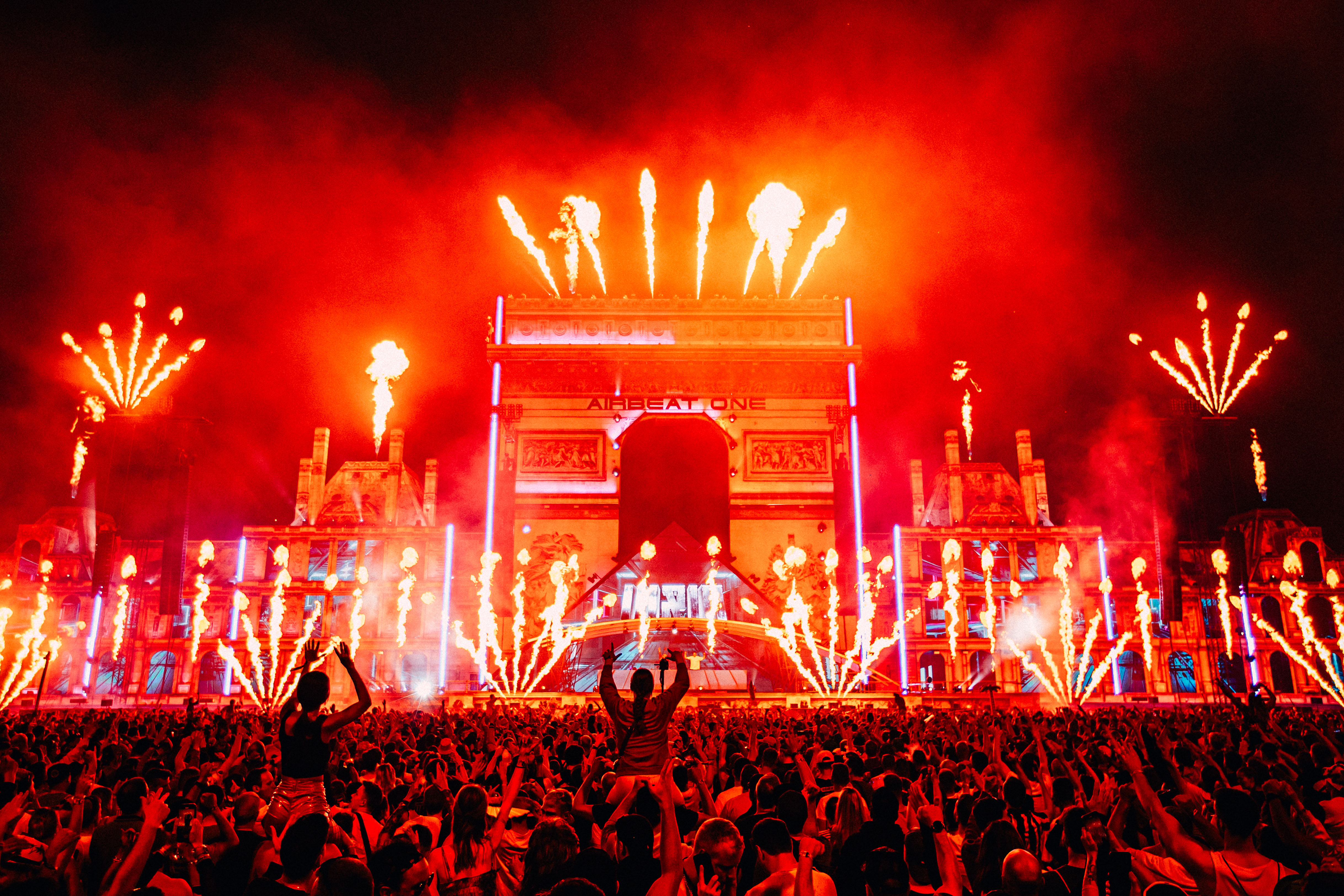
What is the best live EDM event you have ever experienced?
In 2010, we experienced our first Tomorrowland together when we played on one of the smallest stages the festival has to offer. After our set, we walked to the Main Stage and were overwhelmed by the full valley of people with this insane stage and production, fully in sync. We were looking at each other and said, “Imagine if we could ever play there?” obviously thinking that it could never happen, it was just a silly thought. Fast forward four years later, we played that MainStage for the very first time in 2014. With name-dropping some events we don’t do all of them justice, each event has its unique audience. The global big brands like Tomorrowland, Ultra, and EDC, are always an honor to play for, but almost every single country has its own festivals that shine and capture the unity that dance music brings to people.
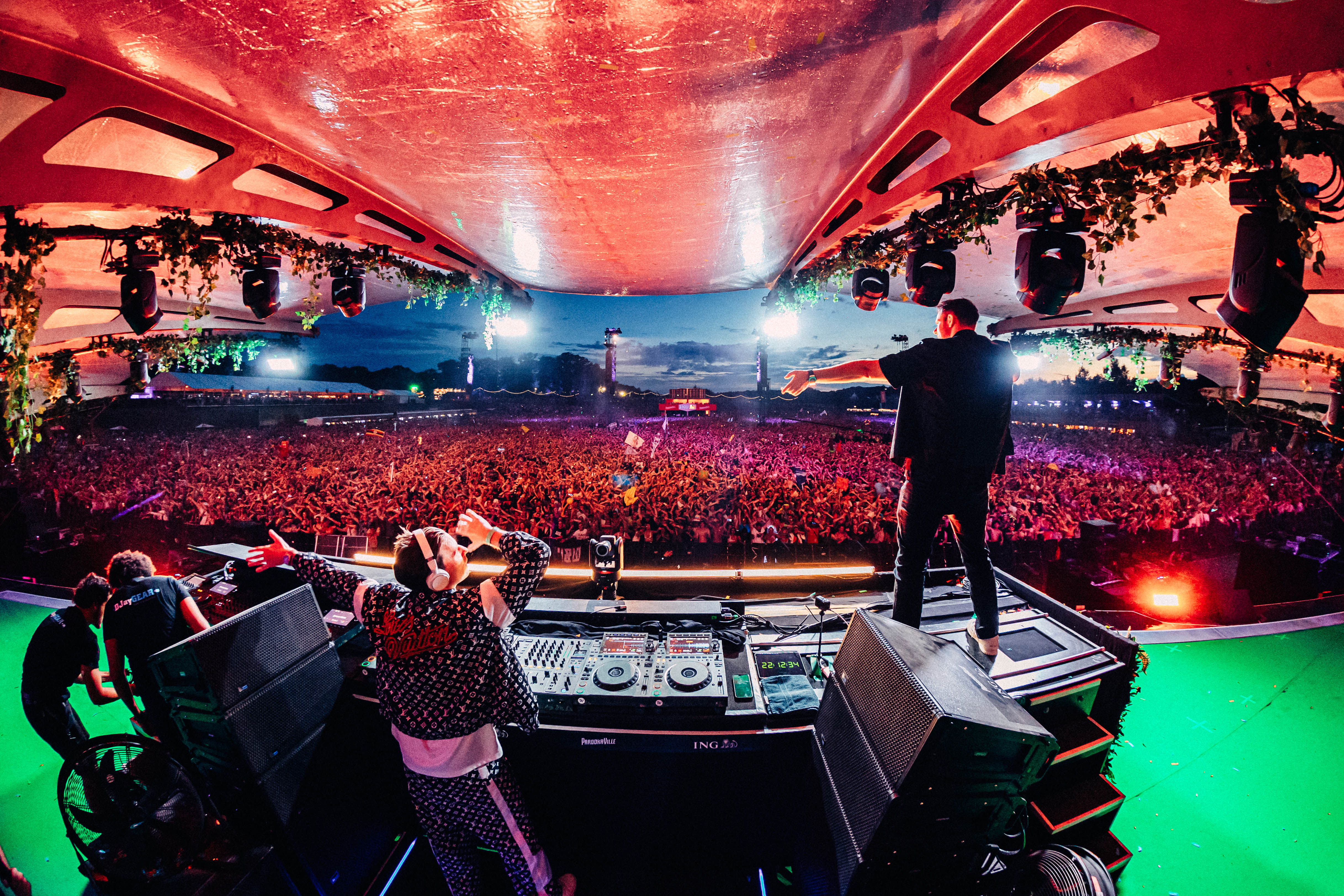
What is one mistake you see many up-and-coming DJs making?
What advice would you give to aspiring DJs?
A common mistake made by up-and-coming DJs is doing something identical to someone who is already successful in the same field. Being inspired can kickstart your musical journey and exploration of your own musical taste and self, but try to create your own musical identity after that. Once that’s been reached, perseverance is everything, and working hard for your own vision can be key.
We are cat lovers! How did the cat become part of your marketing and promotion strategy?
Willem and his girlfriend Sarina, both being big cat lovers, have been sharing the OIIA meme back and forth with each other since July 2024. While it was funny, they thought it was a small niche meme. Once we saw how popular the cat was getting, we had the idea to remix the sound and put Ethel (the official cat from the meme), on the LED screen for our next set. We played it for the first time at Countdown NYE in Los Angeles, and as soon as the green screen with Ethel popped up, the crowd went crazy. We created it just as a fun moment to share with fans, but once the initial video was uploaded, it skyrocketed to over 90 million views across platforms in less than 48 hours. The reception surprised us so much, and when we saw that Ethel and her owner never received any royalties for her usage all over the internet, we decided to release it as an official track. Proceeds from the song go directly to Ethel, the blind Ohio cat behind the trend, as well as a portion donated to the Cat Welfare Association, the non-profit shelter that gave her a second chance. Since the release, the trend has exploded further and Ethel even made it to massive billboards in NYC, LA, China, and beyond.
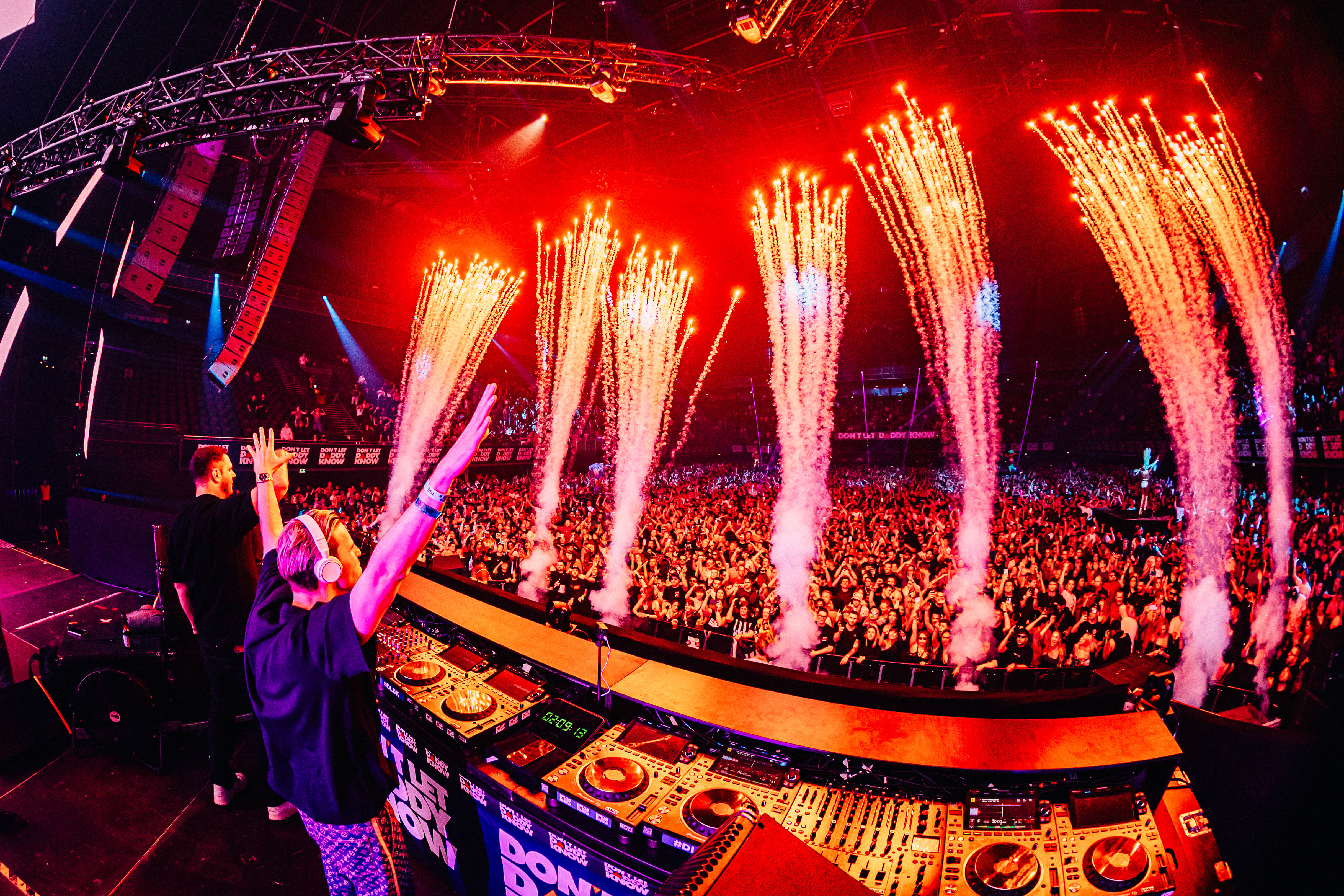
Your big commercial breakthrough came with the release of Bigfoot.
Can you talk about that day and the expectations that followed?
The process of creating ‘Bigfoot’ took us almost half a year! We tried to fuse our signature MainStage bigroom sound with elements from the emerging trap scene at the time. There was a lot of back and forth to get the mix and blend sorted out in a way that worked for us. We were really surprised the day it came out that it had actually charted commercially since we were not expecting that at all! Having a commercial breakthrough track is amazing, but it also brings in a lot of pressure for your next projects. You always want every track to be as successful or more successful than the one before. But throughout the years we figured out that that is close to impossible, and that’s why a lot of artists get stuck and don’t want to share the music they’re making because they’re afraid of not living up to the success and expectations of their previous work.
What do you think is cool about Japan?
What do you like most about it?
For us, Japan is an amazing blend of tradition and futuristic technology. The culture, food, and the warm reception we receive from fans there is incomparable! We really appreciate how respectful the people and culture of Japan are, which makes us feel extremely comfortable and welcome. Another thing we like about Japanese people is that whatever their craft is, they’re very dedicated and truly work until they are a master which is very inspiring for us to always go the extra mile. Also, both of us are huge Sushi lovers, and Japan has, in our opinion, by far the best in the world! Every year, we’re looking forward to our next trip to Japan.
We are based in Japan—do you have any plans to relocate here in the future?
We’re coming back to Japan for a special Back to Back set with R3hab at World DJ Festival on the 28th of June this year! It’s the first time we play B2B with R3hab in Japan, and both of us are really excited, we’re going to make it a very special show! About living there—we could definitely see ourselves living in Japan! But we have no plans to do that yet, haha.
How do you choose the tracks you play during a set?
We try to read the crowd’s energy and mood and take it from there. We also learned over the years which tracks usually work well in certain countries or cities. We actually have a database of every tracklist we’ve ever played. When we return to a specific place or event, we try to do our homework and play favorites from our last show there but also bring 50-70% of new material to keep things interesting and fresh for the crowd. For every set, we fully prepare what we think would be the best track selection, but we often find ourselves having to change it on the fly because we cannot fully predict the crowd’s vibe beforehand.
Can you describe your creative process when mixing tracks?
When it comes to mixing tracks while live DJ’ing, we try to keep the energy constantly flowing. We call our mixing technique a ‘power mix’, because we try to blend in the most important parts of tracks in a very dynamic mix, which consists of quick and short transitions without losing the crowd’s attention. When it comes to mixing our productions in the studio, we prefer a loud, dynamic, and powerful mixdown. A producer’s mixdown is like a signature; a lot of times, you can hear who a song is produced by purely off of that.
What do you think is the most challenging aspect of mixing live?
Reading the crowd and maintaining the right energy can be challenging. You have to adapt quickly to their reactions while staying true to your style. Sometimes you feel like a song has to be played at a certain time even though you know it doesn’t fit where you currently are in the set because of its tempo or key. Trying to find a creative way to make it work can be challenging!
How do you read and respond to a crowd during a performance?
We look at people and if they’re singing along, if they dance or smile, then we know we’re on the right track. If not, then we have to try something else! Ward looks more at the individual people and selects them to see if they’re enjoying themselves. Willem looks more at the overall energy of the crowd to see if the connection to the music is staying strong. It’s another example of how we work together during our live performance to keep the energy flowing. We’ve seen a big change in the way people react to our performance in recent years! Even though people are jumping, dancing, and smiling, there are a lot more moments when phones come out. But we remind ourselves that these are moments that people want to re-live over and over, and if they’re filming it means it’s a moment they want to keep.
How do you handle difficult situations,
like technical issues during a set?
We stay calm and remember that unforeseen issues happen. Anything can go wrong, especially with larger productions, and we are lucky enough to work with professional people and teams that are usually quick to identify the problem and help sort it out. Often, engaging with the crowd and keeping the energy up can override technical difficulties.
What do you think have been the biggest changes
in the DJ industry over the past few years?
Technology has transformed how we produce music and perform shows, all these inventions in software and hardware is making it easier for new artists to enter the scene, which creates more competition and can also cause over-saturation. But this can also be a good thing, forcing people to innovate and push things to new limits, since it’s harder to stand out. The rise of social media makes it easier than ever before to reach new people, making it an extremely powerful tool to showcase your art.
How do you think you can shape and influence
the EDM world? What impact do you hope to make with your music?
We aim to make dance music fun for people, to make our shows a time to really live in the moment and enjoy. We hope to spread positivity and unity, we understand that people come to our shows to let go and escape their normal lives. Our purpose is to make them feel that in every moment that they are there, they are having the best time they possibly can.
Who are some producers or DJs you would love to collaborate with?
To be honest, any DJ or producer that we have a creative click with is inspirational to us. We really don’t look at the name or profile too much, if the music is fun and the vibes are great that’s what’s most important to us.
What’s next for W&W, and what can fans expect from you in the near future?
After the success of OIIA and our last several releases, we’ll be looking out for a fun follow-up to that one. We have a lot of new music ready to be released, some of it we have been slowly testing out in our sets. We’re also looking at how to enhance our live performance to be more visually stimulating and how to make it more interactive. Currently, we’re also spending a lot of time on our label Rave Culture and our side project NWYR, which we have exciting things in store for this year.
Are you currently working on any new music that you can share with us?
Absolutely! Whenever we are not touring we are producing new tracks, experimenting with different genres and sounds. In the studio, we’re focusing on some solo W&W singles as we’ve had a few years of big collaborations, but those will continue as well. While we can’t give away too much just yet, we can confirm that there will be new releases in the following months with Dimitri Vegas & Like Mike, Steve Aoki, and KSHMR, just to name a few. There will be some new original tracks and remixes coming out very soon.
You are the main feature for Fusion magazine, and you’re on the front cover. What message do you want to share with your fans?
First of all, it’s an honor to be the main feature and be on the cover of Fusion! Thanks a lot for all the love and support! Let's keep spreading positivity and good vibes through music. Remember to chase your dreams, and never forget that music unites us all.
Any final words or a special message?
Thank you so much for all the love and support over the years, and for making our dreams come true every day! We’re incredibly excited about what’s coming next and can’t wait to share it with you. Stay tuned, keep dancing, and let’s make more unforgettable memories together!

